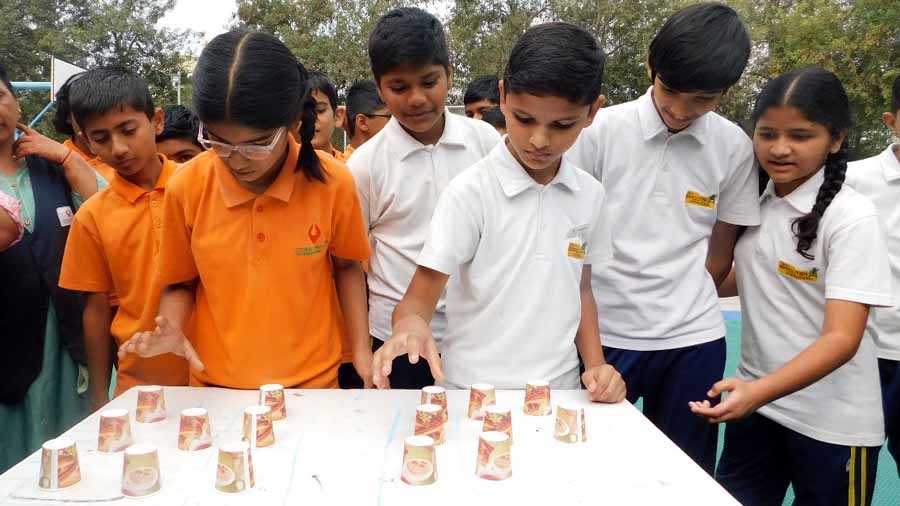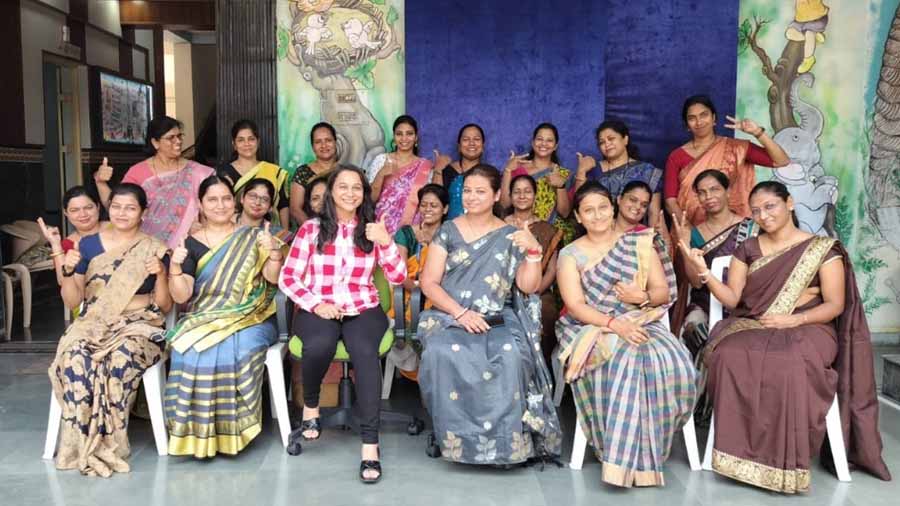Hey there! If you’re a Montessori classroom teacher, you know just how curious our little learners can be. It’s one of the things I absolutely love about them! The spark in their eyes when they discover something new, the million questions they ask, and their endless energy can be overwhelming at times, but also incredibly rewarding.
But how do we, as educators, harness this curiosity and channel all that energy into something productive, fun, and meaningful? After years of experience in the Montessori classroom system, here are some wonderful tricks and strategies that not only help keep the kids engaged but also make learning feel like an exciting adventure. Let me share them with you!
1. Montessori Classroom: A Space That Inspires Exploration 🎨
One of the best things about Montessori education is the environment. It’s all about creating a space that sparks curiosity! Make sure to have a variety of materials that are not just pretty to look at but also encourage exploration. Think of items like sensory bins, puzzles, and building blocks. These materials are perfect for keeping curious minds busy while also fostering creativity.
I love watching the kids engage with materials like magnifying glasses and simple science kits—it’s amazing how they can spend hours examining leaves, rocks, or even just pieces of string! And the best part? They’re doing it all independently, fueling their curiosity and growing their minds without me having to guide every step.
2. Turning Questions into Opportunities 🧠
I know that children are always full of questions. “Why is the sky blue?” “How does the plant grow?” And sometimes, I don’t have the exact answer, and that’s okay! Instead of giving a quick answer, I ask them, “What do you think?” or “Let’s find out together!” This turns their question into an opportunity for discovery.
I love when a child asks something that we can explore together, whether through books, hands-on experiments, or nature walks. By providing the tools for them to answer their own questions, I help nurture their problem-solving skills and love for learning.
3. Fun, Active Breaks to Release Energy 💃🕺
We all know that kids have tons of energy! In a Montessori classroom, I channel that energy into movement-based learning. I’ve found that adding simple yoga poses, dance sessions, or just letting them run around outside during breaks helps them release energy and refocus when it’s time for quieter activities.
Sometimes, we even integrate movement into learning—like jumping to different stations that focus on various activities (math, science, art). It keeps the kids engaged, their bodies active, and their minds sharp!
4. Letting Kids Lead Their Learning 🔍
One of the most beautiful things about the Montessori classroom method is that it’s child-led. When a child’s curiosity is piqued, don’t rush them to finish or move on to something else. Let them take their time exploring. Whether it’s reading about dinosaurs for the fifth time or creating a new art project, support them in their journey, even if it seems like they’re on their own path for a while.
When children feel in control of their learning, they’re more likely to stay engaged and enthusiastic. This independence builds confidence, and it’s such a joy to see them light up when they’ve solved a problem or created something new on their own.
5. Turning Curiosity into Creative Play 🎨
One thing I always love to do is turn a child’s curiosity into a creative activity. Give them playdough to create different forms if they’re interested in shapes. Set up an animal-themed play station with figurines and natural materials if they’re curious about animals..
When Montessori Classroom children engage in creative play, they’re not just having fun—they’re also learning essential skills like problem-solving, fine motor development, and spatial awareness. Plus, it’s a fantastic way to let them explore their interests in a low-pressure environment.
6. Sensory Activities That Spark Wonder 👀
Since kids learn through their senses, I make sure to provide plenty of sensory activities. Whether it’s touching different textures (soft, rough, smooth), smelling different scents, or exploring with water and sand, let the kids get their hands dirty in the name of learning!
Sensory play helps children calm down, focus, and discover new things about the world around them. I love how curious and engaged they get when they can feel the texture of clay or hear the sound of different instruments.
7. Celebrating Curiosity, Not Just Results 🌱
I try to make sure that children know their curiosity is valued, even if they don’t always come to the “right” answer. I celebrate their questions, their ideas, and the effort they put into exploring new things. Sometimes, it’s not about getting the perfect result; it’s about the journey of discovery.
When Montessori Classroom kids feel their curiosity is celebrated, they’re more likely to ask more questions and dive deeper into their learning. This creates a classroom where curiosity is the star, and I’m just here to help guide them.
Wrapping It Up: Curiosity is the Key 🔑
At the end of the day, what I love most about working with children is their limitless curiosity. It’s our job as Montessori educators to channel that energy into activities that are both fun and educational. By creating a stimulating environment, encouraging questions, and letting kids lead their learning, we can help them become lifelong learners who are always excited to discover more.
So next time a child asks you, “Why is the sky blue?” instead of giving an answer, turn it into an adventure. Let their curiosity guide the way!
I hope you found these tips helpful! Remember, the more we nurture a child’s curiosity, the more they grow—and that’s truly magical. ✨
Book your 1-1 session or Group session or Contact on +91-9021567678
















